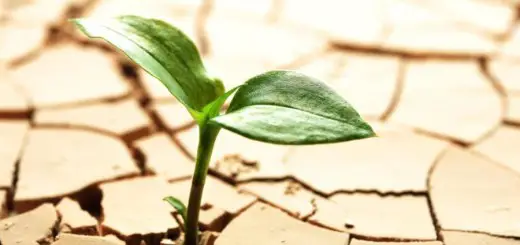What To Do With Harvested Rainwater – Five Main Uses
Almost any modern home, if not all, which pretend to be environmentally friendly, comes with a water rain collecting system. It is an easy to install system featuring a storage tank buried under car or vehicle parks, a garden or under the entrance access or drive, and contains a pump which pumps the rainwater to the building where it is piped to the toilets, and to the outside taps. The distribution system which gets the water from storage to where it is being used can range from a watering can to full integration with the existing plumbing system in the house. Below are a few tips on what to do with harvested rainwater.
First of all, as we know from our grandparents, rainwater is very good for washing clothes. More than that, using rainwater requests way less detergent than using tap water because detergents also integrates substances which are designed to soften water. But since rainwater is like distilled water, with no salts and very clean, you won’t need but a sprinkling of detergent.
In the same context, using rainwater in an internal circuit prolongs the life of the plumbing and other water using home appliances, such as washing machines, which will be spared the usual lime build-up. At the same time, use the water for bathing purposes and toilet flushing.
Stored in the dark, at temperatures ranging from 5 to 10 degrees Celsius, to prevent algae and other micro-organisms from developing, the rainwater can be stocked for years without altering its chemical qualities. In some cases, experts say rainwater can even used for cooking, if storage is done properly and for short.
And since you have it in a tank, use it in the garden to water vegetables and flowers and even animals like cattle. Most of the bacteriological and chemical tests have shown rainwater poses no risks to human health, unless falling in a heavily polluted environment.
Studies show that using harvested rainwater, depending on your normal usage, can save 30 to 50% water consumption for the domestic user which translates into substantial savings. And since a rainwater harvesting tank can easily filter and store up to 6,500 liters of clean water, imagine how much money you can put aside.
Sources: Savetherain.info, Chhc-schl.gc.ca, Consumredus.ro


















